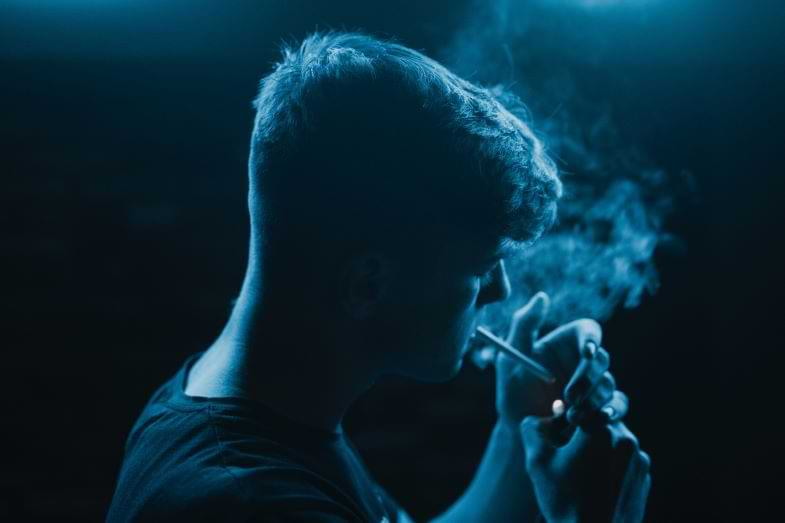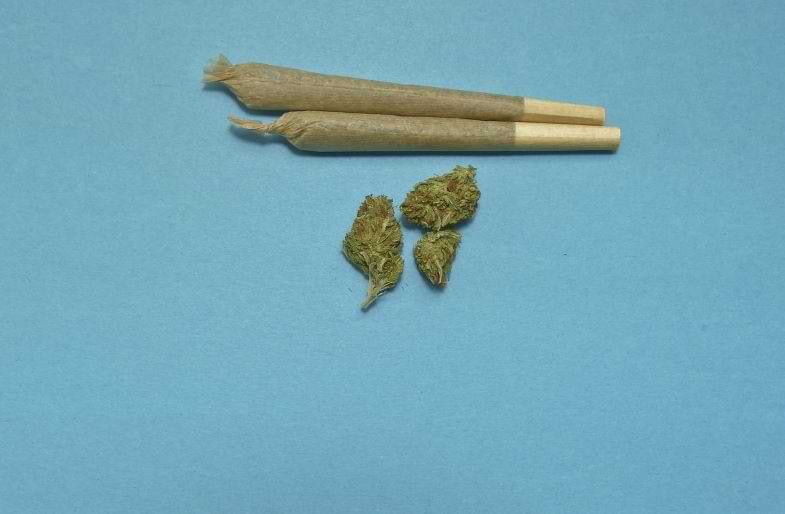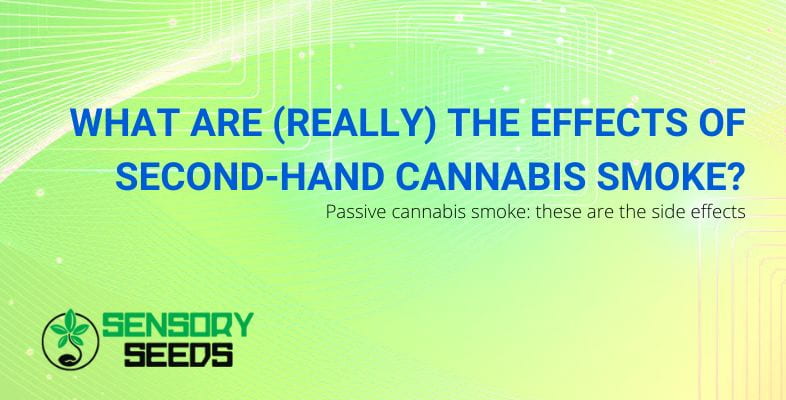Published on: 09/12/2022
Passive cannabis smoke: these are the side effects
Does breathing second-hand marijuana smoke have any consequences?
Some studies say there appear to be serious health risks but under certain conditions.
I guess you’re wondering which ones, right?
In this article, we will shed some light on the question.


What happens if a person breathes in second-hand marijuana smoke?
Studies have shown that, although possible, it is unlikely that a person who breathes second-hand marijuana smoke will ‘get high’.
To be precise, the high that a sober person experiences when around someone under the influence of recreational drugs is known as a contact high.
However, this possibility may increase if the person is very close to someone smoking, especially if the latter is using marijuana with a very high level of tetrahydrocannabinol (THC).
THC is one of several chemical compounds of the cannabis plant, called cannabinoids, and is the substance that causes the psychoactive effects of weed.
Naturally, a higher level of THC means a more powerful effect.
If one is in a room with little or no ventilation, the likelihood of a person getting high from the surrounding smoke also increases dramatically.
In short, for a contact high to be possible, a person would have to be in the vicinity of someone smoking highly concentrated marijuana for a prolonged period in a poorly ventilated area.
But what could the possible side effects be?
People who inhale second-hand marijuana smoke may experience the following side effects:
- burning, itching or reddening of the eyes;
- dry mouth;
- headache;
- coughing;
- increased appetite;
- accelerated heartbeat;
- anxiety;
- euphoria;
- dizziness;
- feeling of time slowing down;
- restlessness;
- paranoia;
- fatigue;
- nausea.
Furthermore, A person exposed to high levels of marijuana smoke in an unventilated area may suffer mild memory and motor skills impairments, serious enough consequences for which driving is strongly discouraged.
Read also: 5 documentaries on marijuana that fans can’t miss
Passive cannabis smoking: limits in the study of health risks
Although the effects of second-hand cigarette smoke are well known, experts know little about the health risks associated with second-hand marijuana smoke.
The reasons?
Assessing the potential risks of second-hand smoke presents specific difficulties, not the least because it is illegal in many areas of the world, making studies difficult.
Moreover, the potency of marijuana has changed over time: the joints smoked by hippies in the 1960s are not the same as those smoked today.
That said, several potential risks of passive cannabis smoking have been identified.
In a study of 43 children between 1 month and two years who were admitted to Colorado hospitals between 2013 and 2015 for bronchiolitis, urine samples analysed for marijuana metabolites revealed that 16% of the children had a detectable exposure to second-hand marijuana smoke.
Another study provided a preliminary analysis of the health outcomes of children living in pot-using homes; research showed a relatively strong association between indoor cannabis smoking and adverse health outcomes in children, indicating a need for further studies on the effects of second-hand smoke.
Finally, a 2016 study examined the effects of second-hand smoke in rats.
The researchers found that after one minute of exposure, the femoral artery’s response to increased blood flow was impaired for 90 minutes, significantly longer than the effect of passive tobacco smoke (‘only’ 30 minutes).
From these results, it can be concluded that passive marijuana smoking may adversely affect the heart.
However, researchers must continue to study this phenomenon before drawing any firm conclusions.


Passive marijuana smoking: the role of THC
The known side effects of exposure to second-hand tobacco smoke, including risks to the heart and lungs, raise the question of whether exposure to second-hand marijuana produces similar health risks.
If purchased illegally, marijuana contains many of the same chemicals and carcinogens found in tobacco smoke, not to mention tetrahydrocannabinol (THC), which, as we have said, is the compound responsible for most of the psychoactive effects.
You should know that THC can also be transmitted to infants and children and that people exposed to second-hand marijuana smoke can experience psychoactive effects, such as euphoria.
Recent studies have found strong associations between reporting having someone in the family who uses marijuana (e.g. a parent, relative, or caregiver) and children with detectable levels of THC.
Other research shows that pot use during adolescence can affect children’s brain development and cause problems with attention, motivation, and memory.
However, further research on the effects of second-hand marijuana smoke is still needed, with the understanding that purchasing illegal cannabis with higher THC content than permitted by law could lead to serious legal and health consequences.
Read also: Is there a correlation between psychosis and cannabis use?
Conclusions
This article was intended to shed light on the possible consequences of passive marijuana smoking. As we have seen, this risk depends mainly on the duration of contact with the person using it and the type of cannabis.
If it is high in THC (we are talking about an illegally purchased product), it can severely compromise one’s health.
This is why it is essential to always buy from professional and authorised retailers such as SensorySeeds, the leading e-commerce for cannabis seeds.
See you soon!









